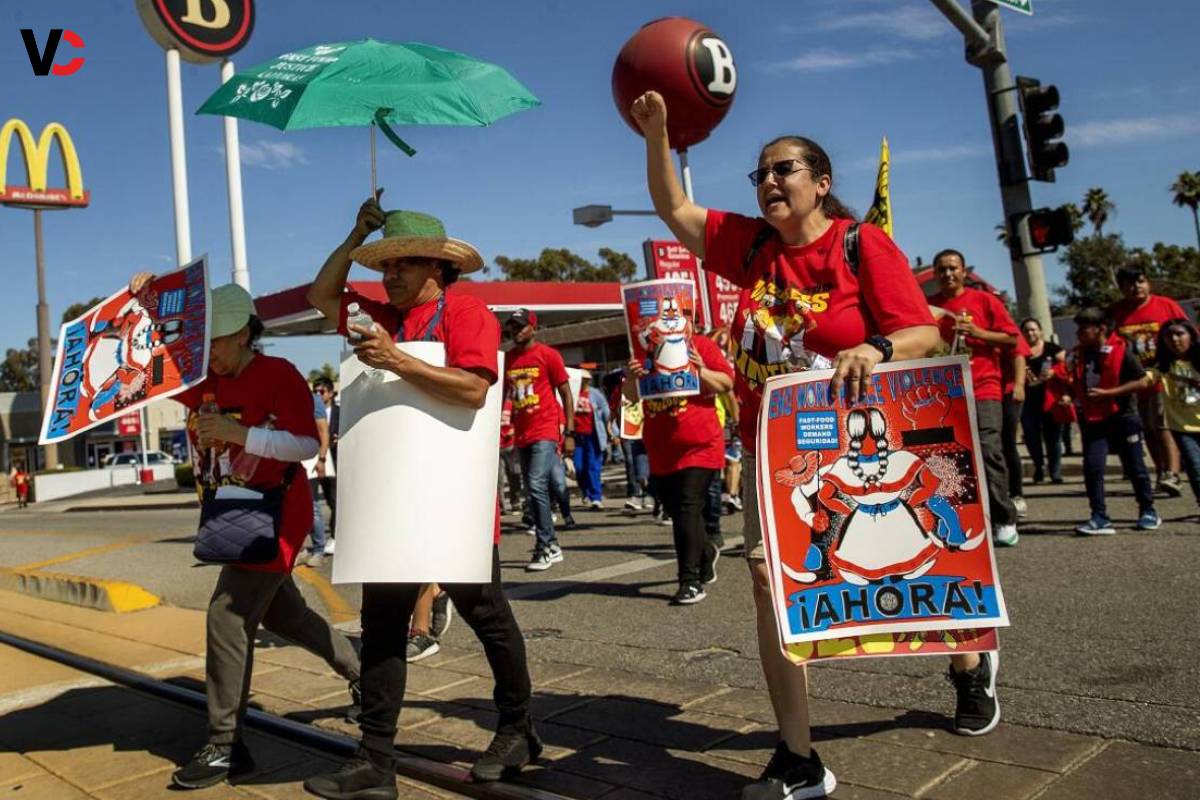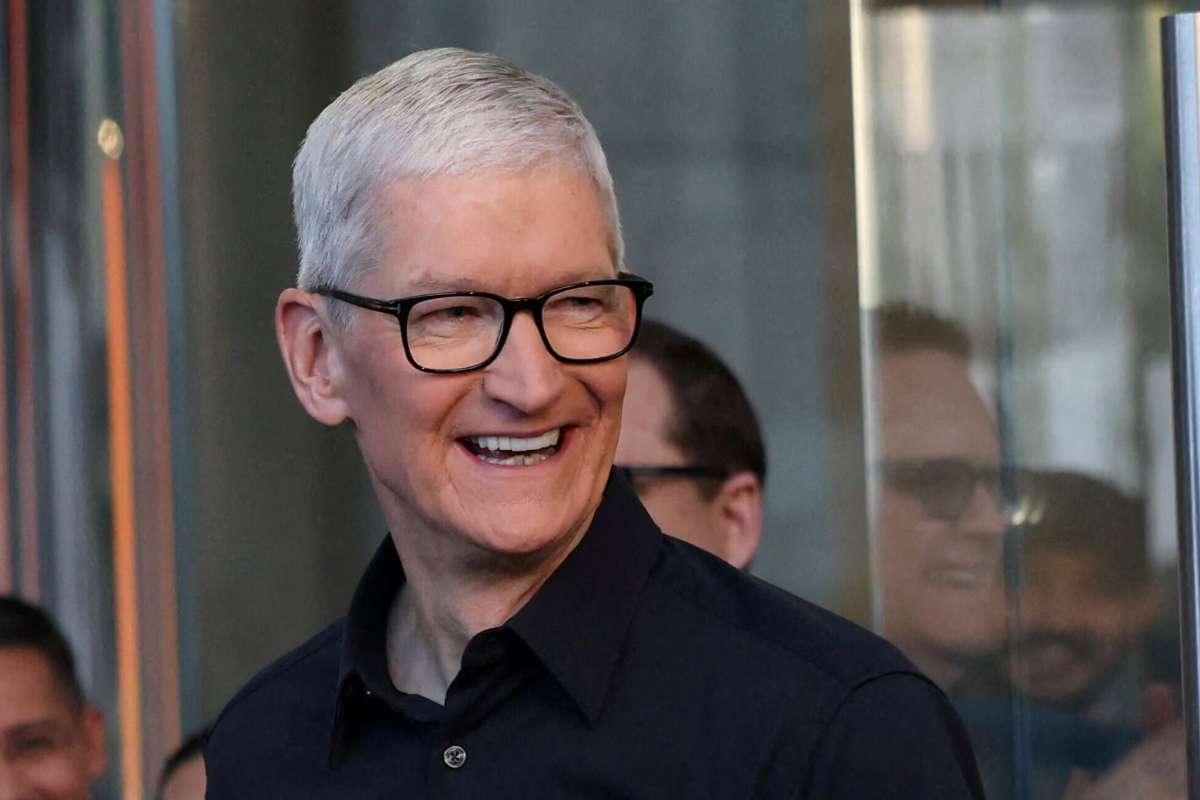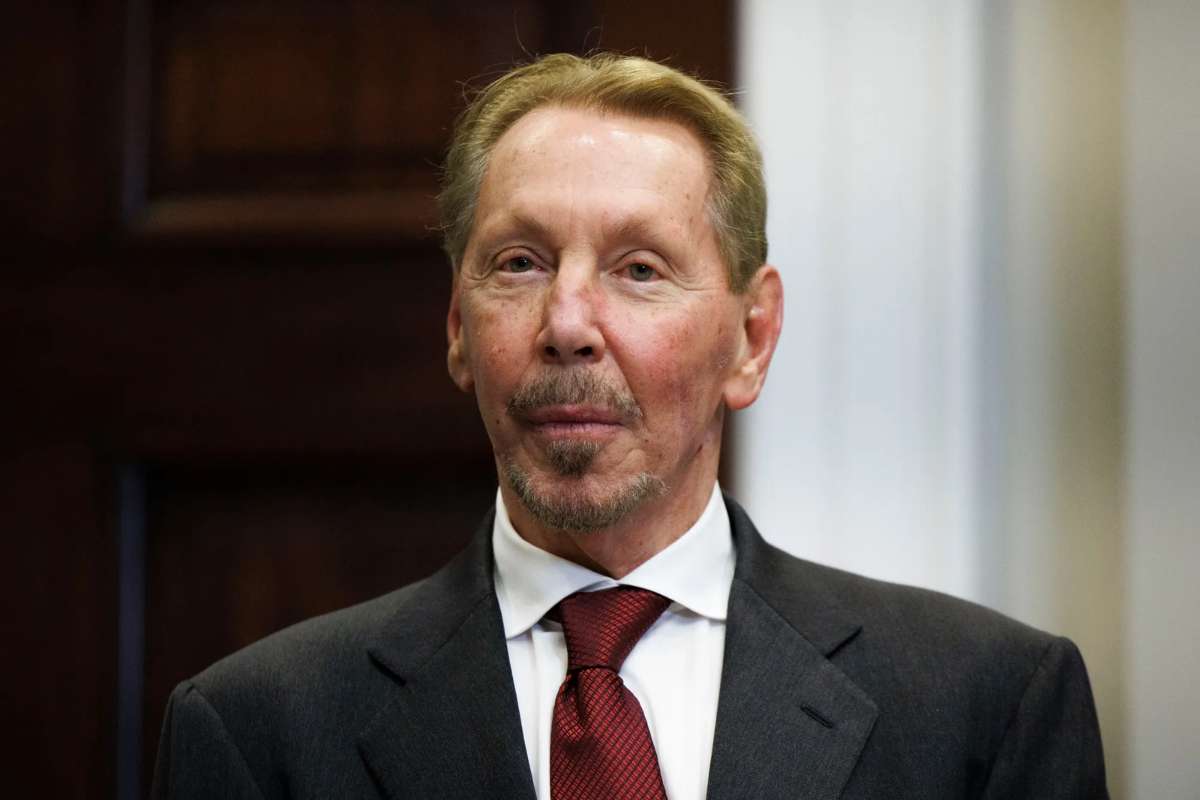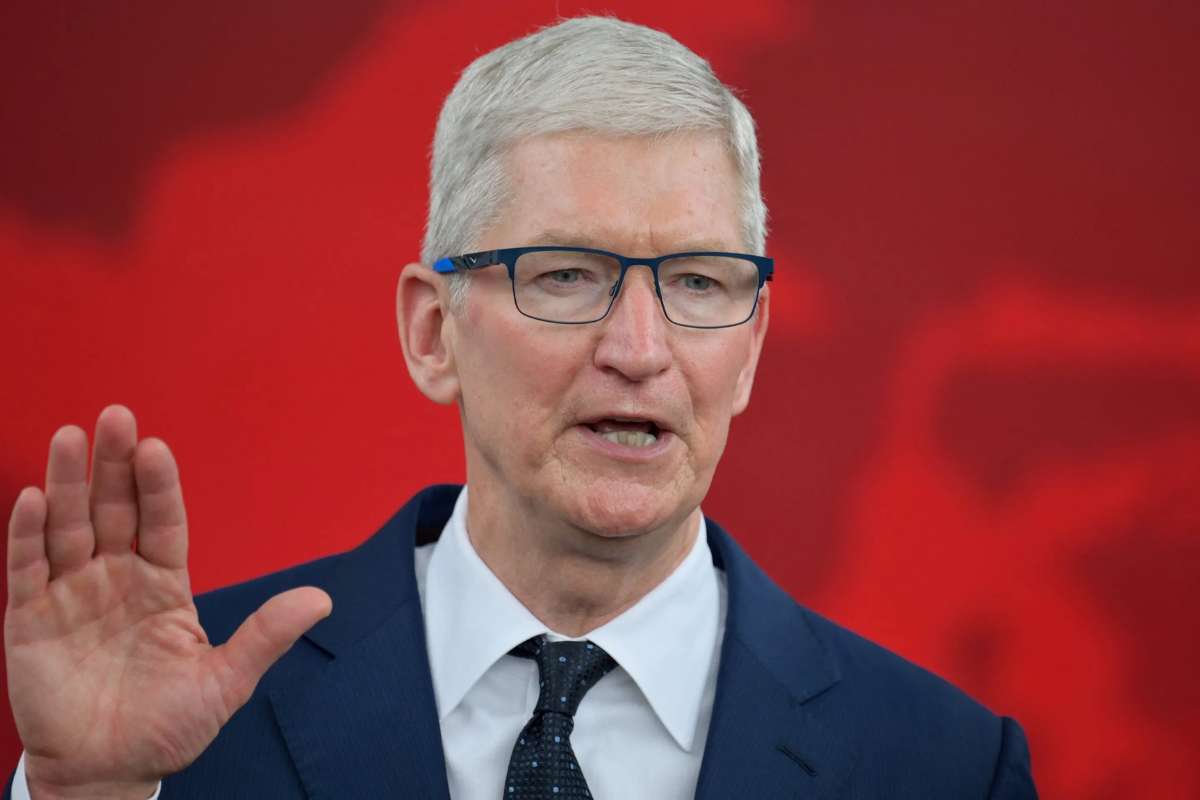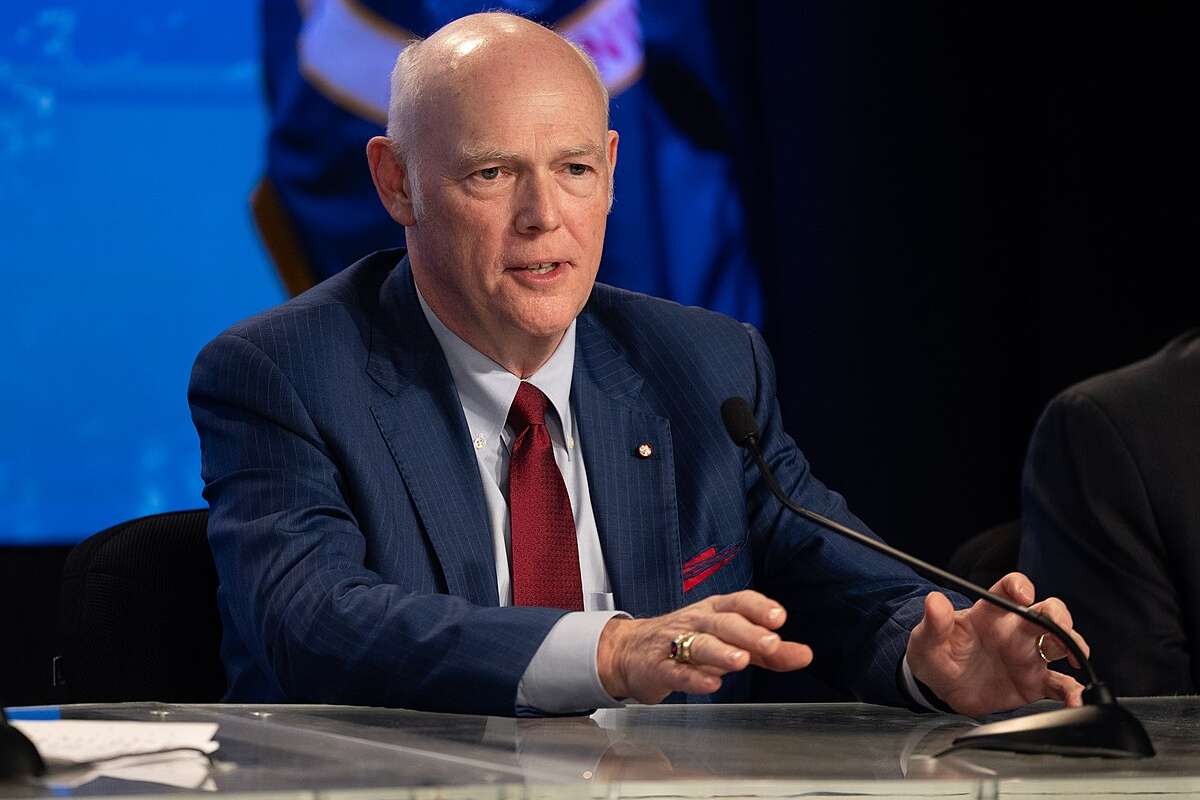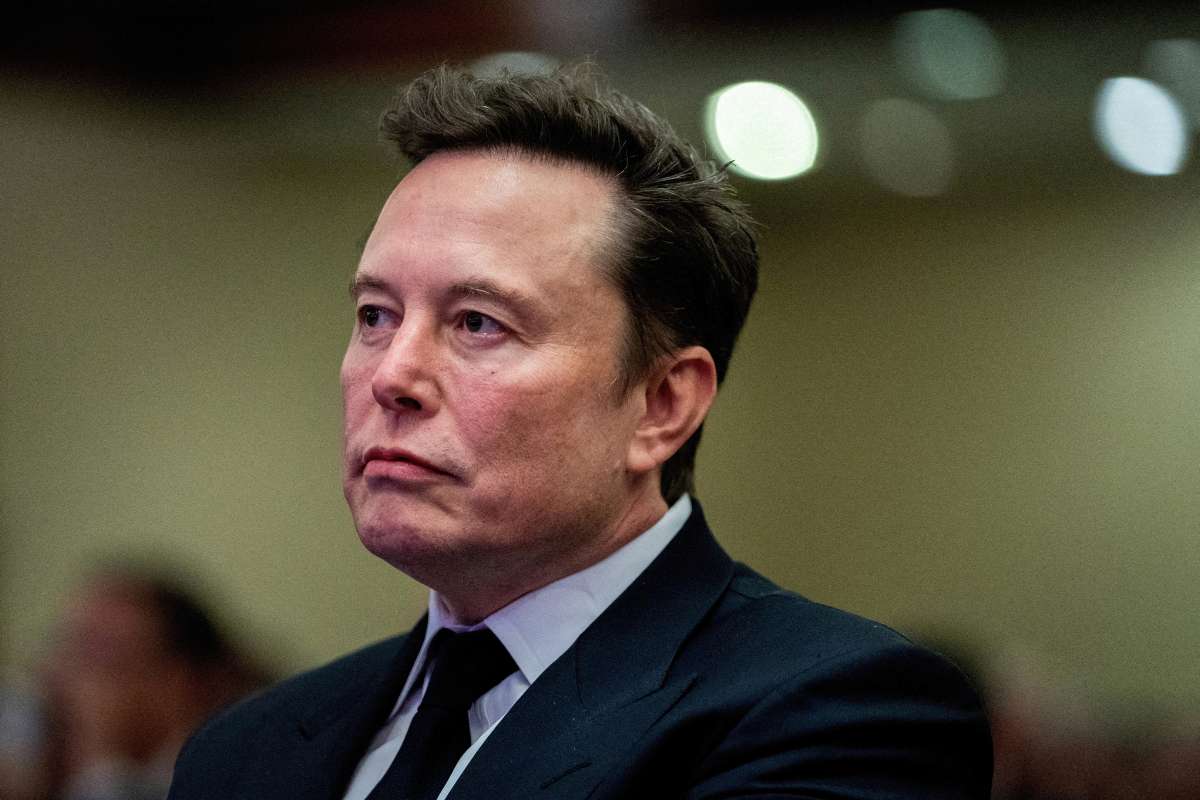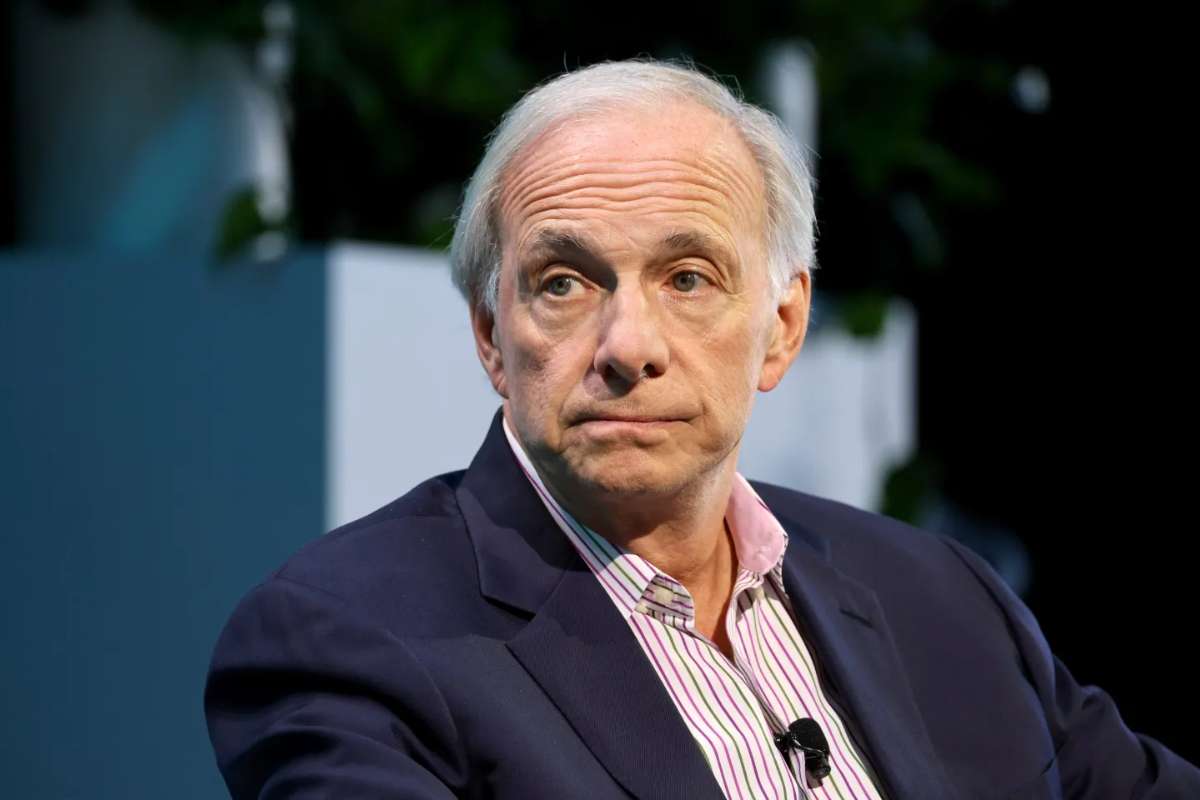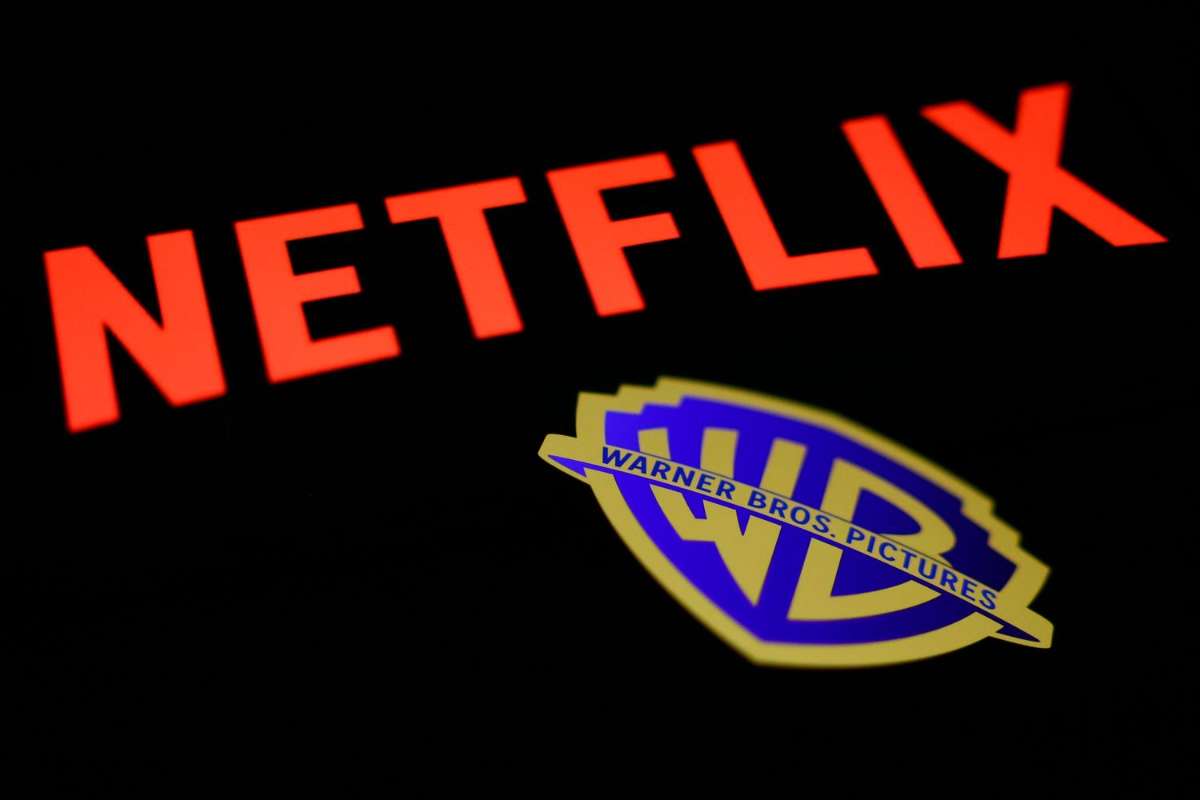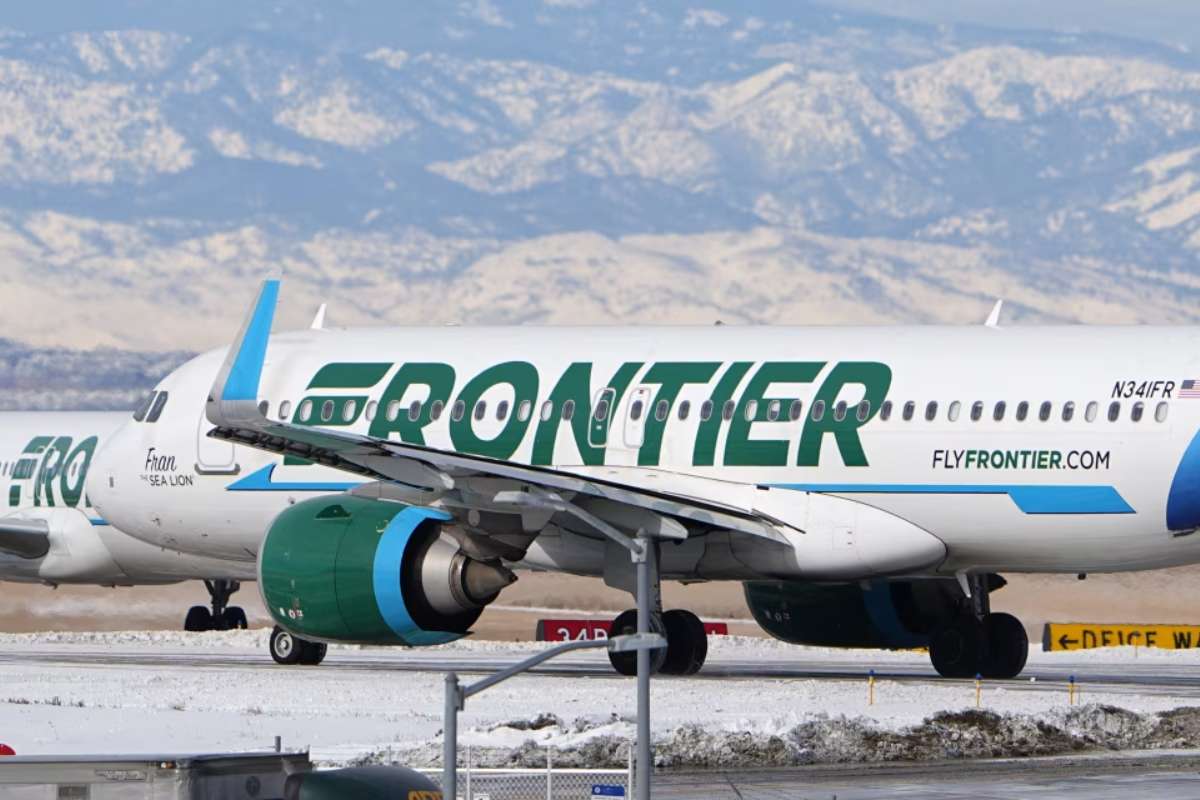Source- Mel Melcon Los Angeles Times
California has recently made headlines by increasing its minimum wage for fast-food workers to $20 per hour. The move, aimed at addressing wage disparities and improving the livelihoods of fast-food employees, has sparked a series of reactions across the restaurant industry.
The new minimum wage applies specifically to workers at limited-service restaurant chains, where customers typically pay for their meals before consuming them, and the chain operates at least 60 locations nationwide. This significant raise, which stands at 25% above the state’s general minimum wage, has been met with a mixture of anticipation and apprehension by both restaurant owners and diners.
Price Hikes and Consumer Shifts
In response to the wage increase, many fast-food franchisees have been forced to hike their prices to offset rising labor costs. Owners like Shane Paul, who oversees multiple Jack in the Box outlets in San Diego, have seen prices escalate by around 10% to 11% over the past six to 12 months. However, despite these adjustments, some diners are beginning to look beyond fast-food options.
With concerns over affordability looming large, there’s a growing fear among fast-food chains that customers might shift their preferences towards casual dining alternatives like Chili’s or Applebee’s. Unlike fast-food establishments, these casual dining chains aren’t subject to the new minimum wage regulations, potentially making them more appealing to cost-conscious diners. As a result, the price discrepancy between fast-food and casual dining options may start to diminish.
Ripple effects of fast-food minimum wage hike across California
Uncertain Future and Competitive Pressures
Restaurant owners like Harsh Ghai, who oversees numerous Burger King, Taco Bell, and Popeyes locations in California, are feeling the pinch of increased prices impacting their sales. Despite efforts to gradually adjust prices, the competitive landscape is shifting rapidly. Scott Rodrick, who owns multiple McDonald’s outlets in northern California, expressed concerns about the narrowing competitive gap between different restaurant types.
However, amidst the concerns, some restaurant executives see opportunities. Hajime Uba, CEO of Kura Sushi, a sit-down Japanese chain, believes that the $20 minimum wage could enhance their value proposition compared to fast-food competitors. As other chains continue to raise prices, sit-down restaurants may become more attractive to diners seeking a relaxed dining experience.
Analysts, meanwhile, remain divided on the long-term impact of the wage increase. While some anticipate shifts in consumer behavior towards grocery purchases or value deals, others predict a ripple effect across the broader labor market. As fast-food chains grapple with higher wages, pressure may mount on other sectors to increase wages to remain competitive, potentially leading to further price adjustments across the restaurant industry.
In essence, California’s wage hike for fast-food workers has set off a chain reaction, reshaping the dynamics of the restaurant landscape and prompting both owners and consumers to adapt to a new economic reality.
Also Read: Unveiling the Benefits and Drawbacks of the Fruit Water Diet

